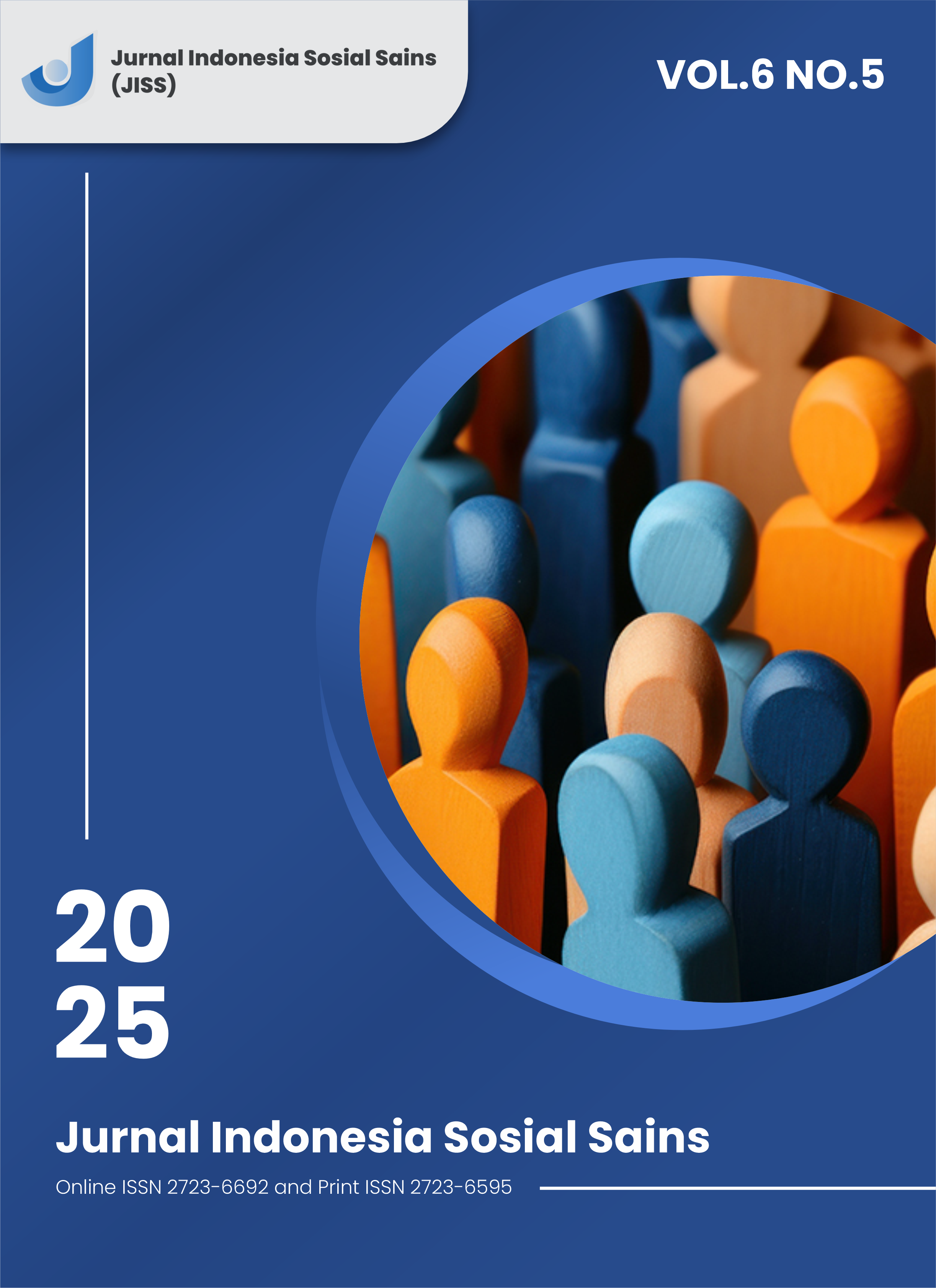The Role of People's Oil Palm Plantations in the Economic Development of Aceh Tamiang Regency
DOI:
https://doi.org/10.59141/jiss.v6i5.1670Keywords:
Palm Oil, Economic Development, Aceh TamiangAbstract
This study examines the role of smallholder palm oil plantations in the economic development of Aceh Tamiang Regency, Indonesia, a region pivotal to the nation’s palm oil history yet under-researched. Using a quantitative descriptive approach, the research analyzes secondary data (2019–2023) from the Central Statistics Agency and employs Location Quotient (LQ), Growth Ratio Model, and Klassen Typology to evaluate palm oil’s sectoral dominance, growth, and regional positioning. Findings reveal that palm oil is a leading commodity (LQ > 1), with production exceeding local demand and strong growth potential (positive Growth Ratio values). However, labor absorption remains low (LQ < 1), indicating a need for workforce-focused policies. The Klassen Typology classifies the sector as "advanced and rapidly growing," contributing significantly to regional GDP. The study’s novelty lies in its integrated analytical framework and focus on Aceh Tamiang’s unique challenges. Implications suggest enhancing labor opportunities through skill development, diversifying value chains (e.g., biofuel), and adopting sustainable certification (RSPO). This research provides actionable insights for policymakers to optimize palm oil’s economic benefits while addressing labor and sustainability gaps.
Downloads
Published
How to Cite
Issue
Section
License
Copyright (c) 2025 Muhammad Indriansyah, Sri Ariani Safitri

This work is licensed under a Creative Commons Attribution-ShareAlike 4.0 International License.
Authors who publish with this journal agree to the following terms:
- Authors retain copyright and grant the journal right of first publication with the work simultaneously licensed under a Creative Commons Attribution-ShareAlike 4.0 International. that allows others to share the work with an acknowledgement of the work's authorship and initial publication in this journal.
- Authors are able to enter into separate, additional contractual arrangements for the non-exclusive distribution of the journal's published version of the work (e.g., post it to an institutional repository or publish it in a book), with an acknowledgement of its initial publication in this journal.
- Authors are permitted and encouraged to post their work online (e.g., in institutional repositories or on their website) prior to and during the submission process, as it can lead to productive exchanges, as well as earlier and greater citation of published work.












